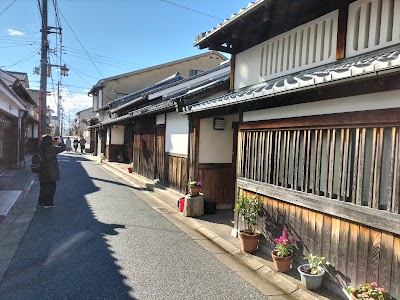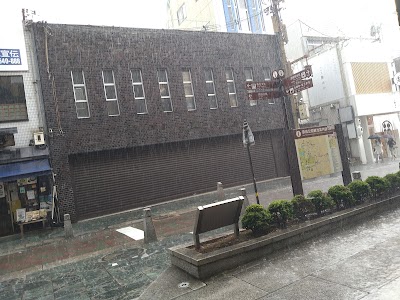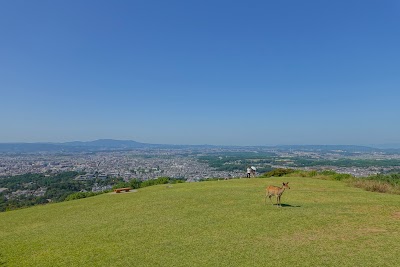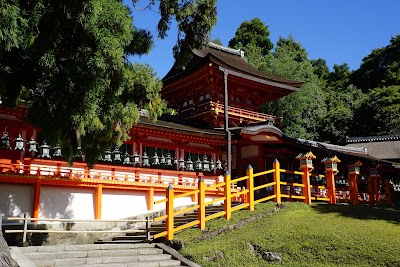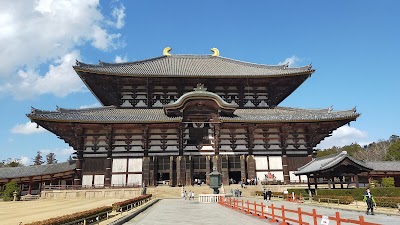Naramachi (奈良町)
Overview
Naramachi, nestled in the heart of Nara City in Nara Prefecture, Japan, is a charming and historical district that offers a picturesque glimpse into Japan's past. This traditional merchant town flourished during the Edo Period (1603-1868) and continues to captivate visitors with its beautifully preserved **'machiya' townhouses**, narrow winding streets, and a rich cultural heritage that feels almost frozen in time.
Stepping into Naramachi feels like entering a living museum. The **machiya**, wooden townhouses that once served as both shops and residences, are a signature feature of the district. These structures are renowned for their narrow facades and long, deep interiors—a design necessitated by historical tax regulations that assessed properties based on street frontage. Many of these machiya have been meticulously restored and now house a variety of boutique stores, traditional craft shops, cozy cafes, and small museums, providing an intimate peek into the lifestyles of merchant families from centuries past.
One of the highlights of a visit to Naramachi is the **Naramachi Koshi-no-Ie**, a meticulously restored merchant house that is open to the public. This building perfectly showcases the architectural and interior design elements typical of the era, including tatami-mat flooring, sliding shoji screens, and a beautifully arranged courtyard garden. Walking through this house, one can easily imagine the daily lives of its former inhabitants and gain an understanding of traditional Japanese living spaces.
Naramachi is also steeped in **spiritual significance**. Scattered throughout the district are several ancient temples and shrines, each with its own unique history and charm. The **Gango-ji Temple**, for instance, is one of Japan's oldest Buddhist temples and is designated as a UNESCO World Heritage site. Originally constructed in the 6th century, Gango-ji offers a tranquil escape with its serene atmosphere and historically significant structures. Another noteworthy site is the **Naramachi Karakuri Omocha-kan**, a museum dedicated to old-fashioned mechanical toys and games, showcasing the inventiveness and playful spirit of past generations.
In addition to its historical and spiritual allure, Naramachi holds **cultural significance** in traditional crafts and local cuisine. Visitors can find artisans engaged in the production of Nara's famed **'kakinoha-zushi'**—sushi wrapped in persimmon leaves—renowned for its distinctive flavor and preservation qualities. Local confectioneries, featuring sweets made from ingredients like matcha and red bean paste, offer delicious treats that are both visually appealing and deeply rooted in regional traditions.
One cannot explore Naramachi without mentioning its vibrant **annual festivals**. The **Naramachi Lantern Festival**, celebrated each summer, illuminates the district with thousands of lanterns, creating a magical ambiance as the soft glow of candlelight reflects off the machiya's wooden facades and cobblestone streets. This festival, along with others such as the **Traditional Performing Arts Festival**, provides an opportunity to witness and participate in the cultural practices that have been passed down through generations.
For those looking to delve deeper into the history and culture, **guided walking tours** are available, offering insights from local experts who can share stories and historical context that might otherwise be missed. These tours often include visits to hidden gems within the district, such as ancient wells, secret gardens, and lesser-known shrines, enriching the overall experience of exploring Naramachi.
Naramachi's allure lies in its seamless blend of the old and new, where the spirit of the past coexists with contemporary vibrancy. It is a district where every alley and building holds stories waiting to be discovered, making it an enchanting destination for travelers eager to experience the depth of Japan's historical and cultural tapestry.


